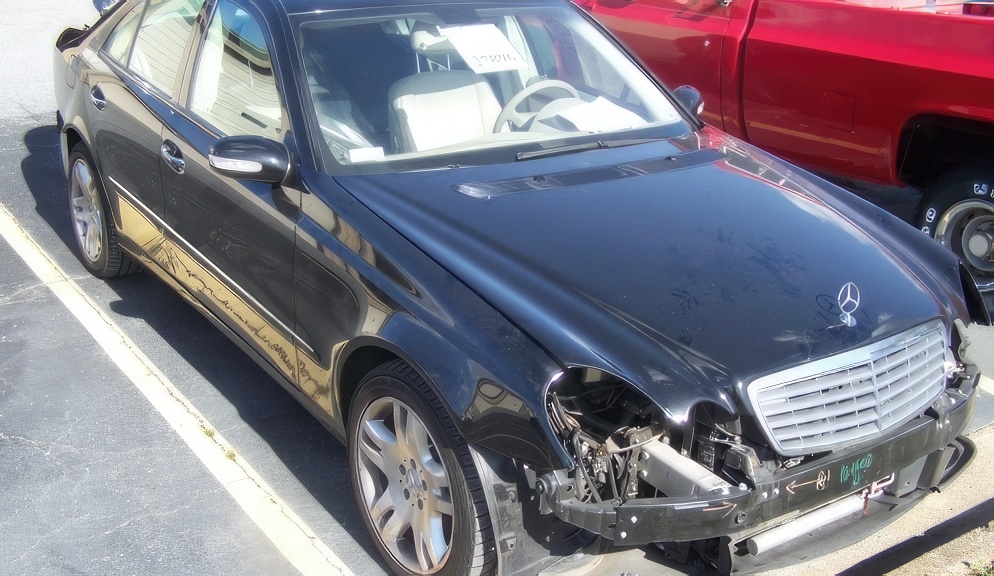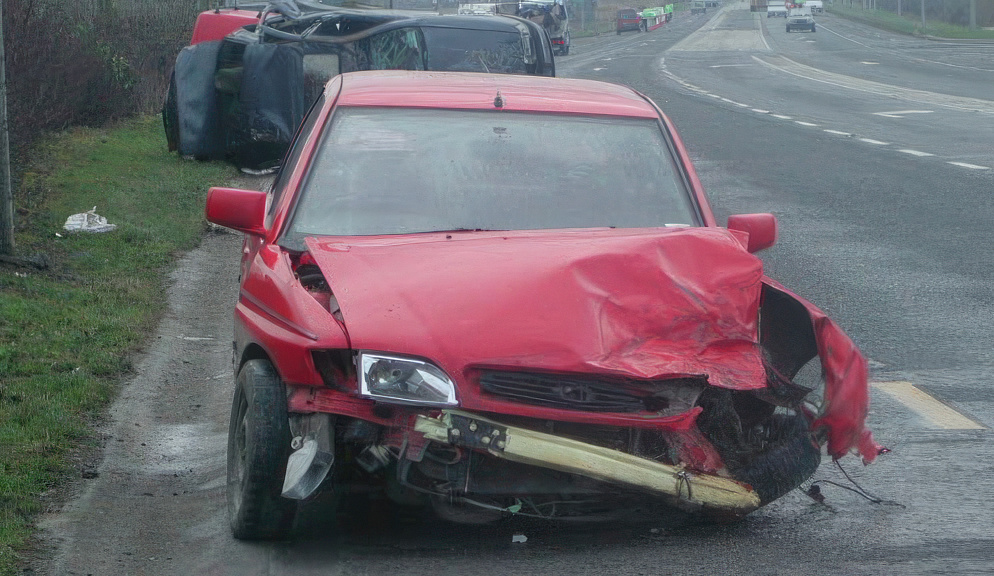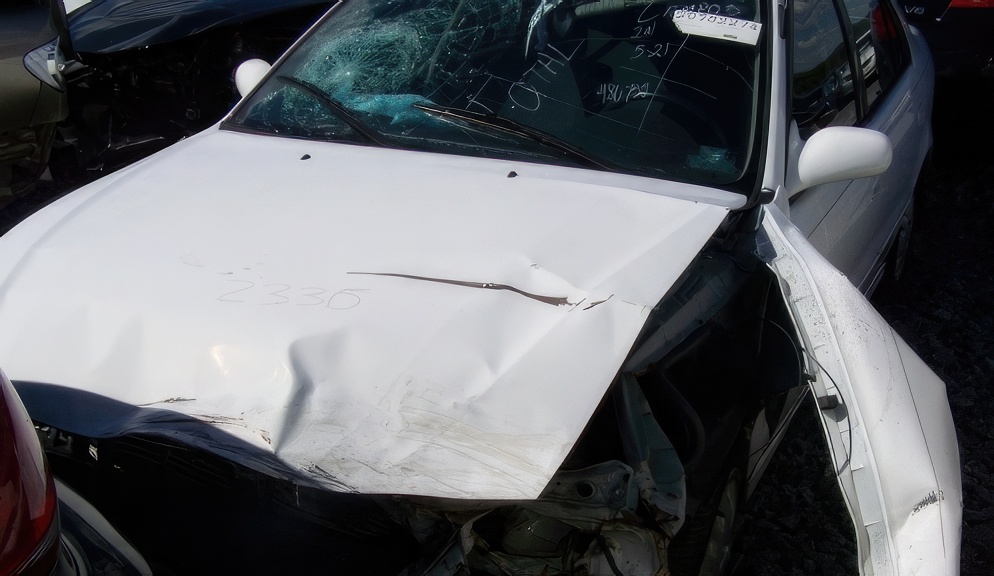Depreciation and Diminished Value

In the world of vehicle ownership, understanding the factors that affect a car’s value is essential for making informed decisions. Two key concepts often encountered are depreciation and diminished value, each playing a significant role in a vehicle’s market worth. While they both lead to a reduction in a car’s value, their origins, implications, and calculations are markedly different.
This article explores the nuances of depreciation and diminished value, dissecting their definitions, impacts, and how they contrast with each other. By delving into these concepts, car owners can gain a clearer understanding of how their vehicle’s value is influenced over time and following specific events, such as accidents, ensuring that they are equipped to navigate the financial aspects of owning, maintaining, and selling their vehicles.
Differentiating Depreciation and Diminished Value
- Fundamental Differences: At first glance, depreciation and diminished value might seem similar, as both relate to a loss in a vehicle’s value. However, their root causes are distinctly different. Depreciation is an inevitable, gradual reduction in value due to factors like age, mileage, and wear and tear. On the other hand, diminished value is a sudden drop in value, typically resulting from an accident or specific damage to the vehicle. This section will explore these fundamental differences, highlighting how each process affects a car’s market value in unique ways.
- Impact on Vehicle Value: Every vehicle experiences depreciation, but not all undergo diminished value. A brand new car starts losing value the moment it leaves the showroom – a universal truth in the automotive world. Diminished value, conversely, is conditional and occurs only after an incident like a collision. This part will examine how these two types of value loss differently impact a vehicle’s market worth, and why understanding both is crucial for car owners.
- Calculation Methods: Calculating depreciation and diminished value requires different approaches. Depreciation is often estimated using standard methods, considering the vehicle’s age, make, and model. Diminished value, however, needs a more tailored approach, usually necessitating a professional appraisal to assess the impact of the damage and the quality of repairs. This section will delve into these methods, providing insight into how car owners and industry professionals determine the financial impact of each.
Diminished Value: The Impact of Accidents
Diminished value refers to the loss in a car’s value resulting from an accident or damage. This is different from depreciation in that it is sudden and directly linked to specific events like collisions. Even if repairs are expertly done, the history of damage can still affect the car’s market value, making it less desirable to potential buyers.
There are different types of diminished value to consider. Immediate Diminished Value refers to the loss in value immediately after an accident before repairs. Inherent Diminished Value is the most common form, reflecting the loss in value after a vehicle is repaired. Repair-Related Diminished Value occurs when the repairs do not restore the vehicle to its original condition, impacting its overall functionality and appeal.
Understanding diminished value is vital for car owners, especially in the context of insurance claims and negotiating fair compensation after an accident. Calculating diminished value often requires a professional appraisal to assess the specific impact of the damage and repairs on the vehicle’s value. This concept is also important in legal contexts, especially in disputes over accident liability and compensation.
Contrasting Depreciation and Diminished Value
While both depreciation and diminished value contribute to a decrease in a vehicle’s value, their causes and implications are distinctly different. Depreciation is a predictable, steady decline in value due to age, wear, and technological advances. Diminished value, on the other hand, is an abrupt drop in value due to an external event, typically an accident. This distinction is crucial for car owners to understand, especially when managing their vehicle’s worth after an incident.
Calculating the impact of these two factors on a vehicle’s value involves different approaches. Depreciation can be estimated using standardized models, while diminished value often requires an appraisal to assess the specific impact of the damage and repairs on the vehicle’s market value. These calculations are vital for car owners, particularly when dealing with insurance claims or considering the resale value of their vehicles.
In the dynamic world of vehicle ownership, understanding the differences between depreciation and diminished value is key. These concepts play a significant role when selling or trading in a vehicle, as well as in determining insurance coverage. A car can suffer from both depreciation and diminished value concurrently, but they stem from different sources. Being well-informed about these factors empowers car owners to make strategic decisions that protect their automotive investments, ensuring fair compensation for any loss in value.




